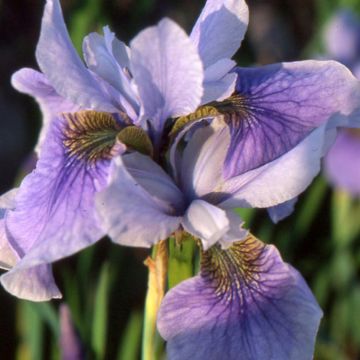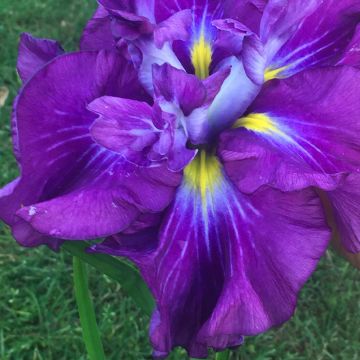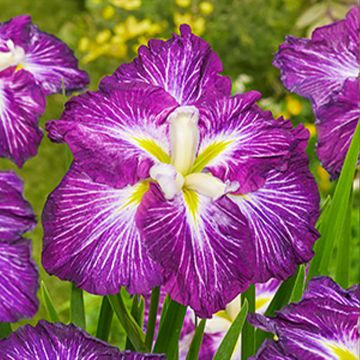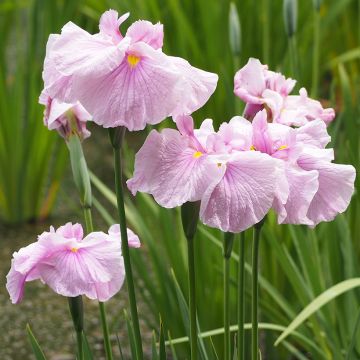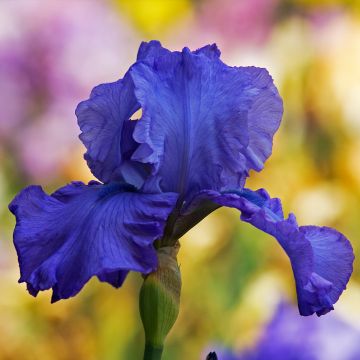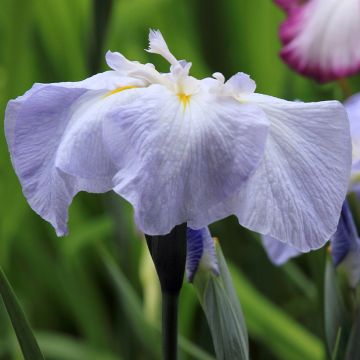
How to care for irises?
and achieve beautiful flowering
Contents
Irises are elegant and robust perennial plants, valued for their spectacular flowers in a variety of colours and their graphic foliage. Easy to grow, they add a touch of timeless charm to gardens, whether planted in borders, beds, or even rockeries. However, to enjoy a generous flowering year after year, a minimum of attention is required.
From choosing the right location, seasonal maintenance, dividing the rootstocks, to managing minor cultivation issues, a few simple actions are enough to keep your irises in full health. In this article, discover all the practical tips for maintaining your irises, encouraging their flowering, and prolonging their beauty throughout the seasons.
What are the needs of irises?
Irises are robust perennial plants, but to ensure they provide a stunning flowering display each year, it is essential to understand their needs. There are many varieties of irises, each with its own preferences regarding growing conditions. The most well-known and widely cultivated is the garden iris (Iris germanica), valued for its large, colourful flowers and sword-shaped foliage.
The garden iris requires full sun exposure (at least six hours of direct light per day) to bloom well. A lack of light can result in less abundant flowering and weaker stems. It also appreciates well-drained soil, as stagnant moisture is its enemy: it can cause rhizome rot. A slightly alkaline and moderately fertile soil is ideal. Unlike other flowering plants, the garden iris does not thrive in overly rich soils, which promote foliage at the expense of flowers.
If you are growing other varieties of irises, such as the Siberian iris or yellow flag iris, be careful as their needs are different. The Siberian iris (Iris sibirica), finer and more delicate, offers elegant flowers that are often blue or violet. It tolerates slightly moist soils better and adapts to somewhat less sunny conditions. As for the water iris (Iris pseudacorus), it is ideal for wet areas such as pond edges or marsh gardens, with its bright yellow flowers that catch the eye. There are also dwarf irises (Iris pumila), perfect for rockeries or borders, which bloom early in spring and are quite drought-resistant.
Read also
How to plant irisHow to care for irises?
Watering
Garden Irises are drought-resistant and particularly sensitive to excess moisture. Therefore, it is important not to overwater them, especially if you have planted them in poorly draining soil. Limit watering to an average of once every three weeks during summer. When doing so, avoid wetting the leaves to prevent the onset of diseases.
Fertilisation
Irises are not demanding plants; however, adding fertiliser will further enhance the abundance of their flowering.
We recommend using well-balanced and well-matured compost or a complete fertiliser from the store, low in nitrogen (too nitrogen-rich fertilisers would promote foliage at the expense of flowers). This fertilisation can be carried out twice a year, before flowering (in March) and after flowering.
Weeding and mulching
Weed carefully and regularly in the area where your irises are planted. Allowing grass to grow at the base of your plants would contribute to a permanent humidity that is detrimental. We recommend hand weeding rather than using a sharp tool that could damage the rootstocks.
To prevent grass from regrowing, you can use mulch, but it must always be suitable: while organic mulch, made of dead leaves or well-dried grass, is acceptable in hot and dry regions, it should be avoided in the wetter areas as its decomposition could rot your irises. In this case, prefer a mineral mulch such as pumice or gravel.
Pruning
Many gardeners ask us whether irises should be pruned. Here are our recommendations:
- During flowering, regularly remove faded flowers before they produce seeds, which could unnecessarily exhaust the plant.
- When a flower stem is completely faded, you can cut it back with pruning shears, that is, trim it at the base of the clump.
- After flowering, leave the leaves in place, as this is the period when the plant replenishes its reserves in its bulb or rootstocks.
- Only when the leaves become completely dry can you remove them, gradually.
Discover other Iris
View all →Available in 1 sizes
Available in 1 sizes
Available in 2 sizes
Available in 2 sizes
Available in 2 sizes
Available in 1 sizes
Available in 2 sizes
Available in 1 sizes
Available in 2 sizes
Available in 2 sizes
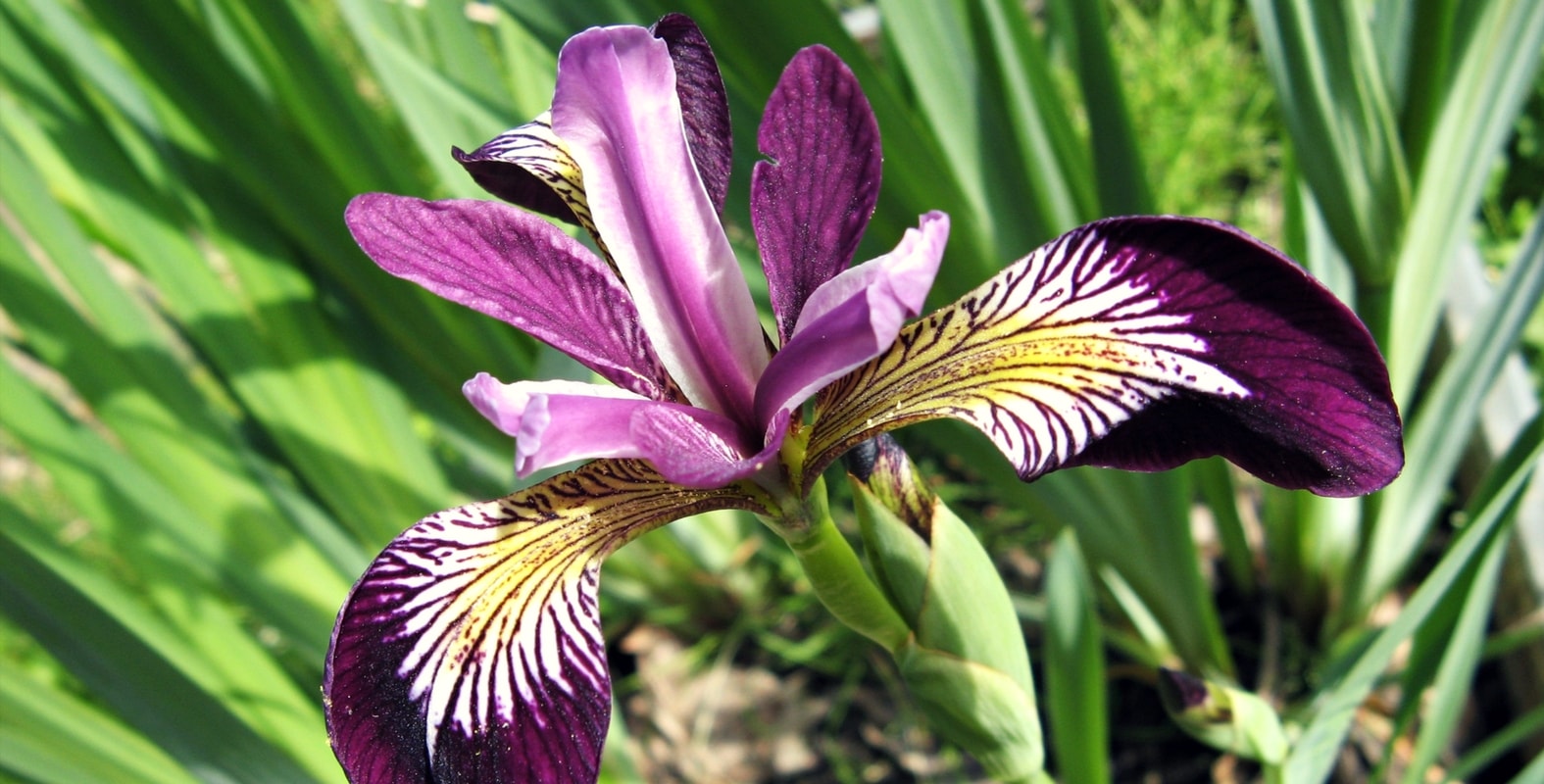
Read also
Iris germanica: how to plant them?When and how to divide irises?
Dividing irises is an essential step to maintain vigorous plants and abundant flowering. Over time, the rootstocks accumulate, creating dense clumps that limit flower production. Dividing irises rejuvenates them, improves their health, and encourages spectacular new blooms.
When to divide irises?
The ideal time to divide irises is between July and September, after flowering. At this point, the plant has replenished its reserves, and the new divisions will have time to root before winter. You can divide your irises approximately every four years.
How to divide irises?
Here are the steps to follow for a successful division:
- Dig up the clump of irises using a fork, gently lifting the root ball to avoid damaging the rootstocks.
- Clean the rootstocks by removing the soil around the roots to clearly see their condition.
- Separate the rootstocks by breaking or cutting the sections by hand or with a clean, sharp knife. Keep the young, firm rootstocks with healthy roots and a few leaves.
- Remove damaged or dried parts, as well as old rootstocks that have become less productive.
- Prune the foliage to about 15 cm in height to reduce evaporation and facilitate the recovery of the plants.
- Replant the rootstocks by placing them half-buried, with the upper part slightly exposed to light. Space them 30 cm apart to allow room for growth.
- Water lightly after planting to encourage rooting, while avoiding excess water that could cause rot.
This simple operation not only ensures the health of your irises but also allows you to easily multiply them to beautify other areas of the garden or share with others.
To successfully divide your irises, you will find all the useful information on the sheet: Multiplying Iris germanica!
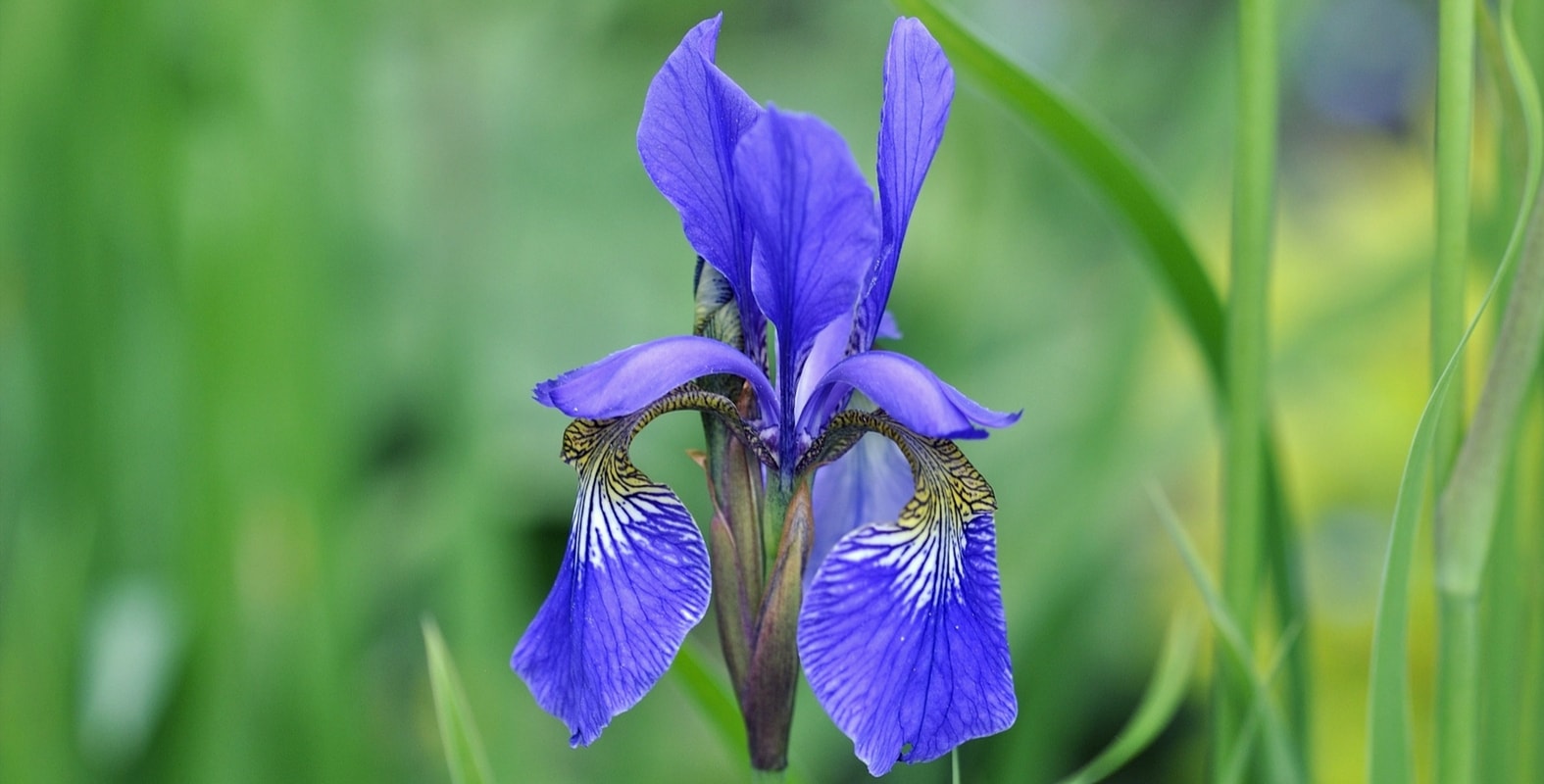
Diseases and Pests of Irises
Irises are sturdy and vigorous plants, but they can sometimes be affected by certain diseases, especially when the planting guidelines are not properly followed.
Among them:
- Heterosporiosis is a disease caused by a fungus that is characterised by oval brown spots on the foliage, which eventually dries out completely. This condition is favoured by a combination of heat and humidity. If you notice these symptoms, cut and burn the affected leaves to limit the spread of the disease, then treat with a fungicidal product, such as Bordeaux mixture or sulphur.
- Rhizome rot is also sometimes observed in gardens with damp soil. To prevent it, plant them not too deeply and on a mound, in previously drained soil, and avoid damaging the rhizomes when working (weeding, dividing, etc.). As soon as you notice the first signs of rot: remove the affected parts by cutting cleanly with a disinfected knife.
- Iris rust can speckle the foliage of your plants with small orange-red spots. Once again, it is a fungus that causes this. To remedy the situation, cut off the damaged leaves without delay and use a fungicide to get rid of it. For more information, feel free to consult our recommendations in our sheet: “Getting Rid of Rust”.
Finally, slugs and snails enjoy nibbling on the leaves and rhizomes of irises. To protect your plants, you can spread wood ash or sawdust around them to create a barrier. However, using a biological slug repellent is often the most effective solution.
Why isn't my iris flowering?
An iris that does not flower or develops poorly is often suffering from a problem related to its planting or care. Fortunately, by identifying the cause, it is possible to correct the situation and enjoy beautiful flowerings again.
Here are the main causes of an iris that does not flower:
A lack of sunlight
Irises need plenty of light to flower abundantly. An exposure of at least 6 hours of direct sunlight per day is essential. If they are planted in partial shade or in a too shady spot, their flowering will be compromised. Solution: move your irises to a sunnier location, ideally facing south or southwest.
An unsuitable soil: too heavy, too poor, or too acidic
Irises do not like overly compact soils that retain moisture, nor soils that are too acidic or lacking in nutrients. Poorly drained soil can also cause the rhizomes to rot, preventing the plant from thriving.
Solution: dig up your irises, loosen the soil by adding sand or gravel to improve drainage, and add some well-matured compost to enrich the soil. In the case of overly acidic soil, gradually add lime, for example in the form of dolomite, to rebalance the pH.
The use of fertiliser that is too rich in nitrogen
If your irises produce lush foliage but no flowers, this may be due to an excess of nitrogen, often found in overly rich fertilisers. Nitrogen promotes leaf growth at the expense of flowering.
Solution: stop applying nitrogen-rich fertiliser. There is not much else to do but wait: once the plant has consumed the excess nitrogen, it will naturally return to its flowering cycle. For the future, opt for a fertiliser low in nitrogen and richer in phosphorus and potassium, which promote flowering.
Infrequent divisions
Over time, irises form dense clumps where the rhizomes suffocate each other, limiting flower production. This is a common cause of reduced flowering in neglected irises.
Solution: remember to divide your irises every 3 to 5 years, preferably at the end of summer, after flowering. This operation revitalises the plant, gives it space to grow, and stimulates the production of new flowers.
Why is my iris turning blue?
An iris may change colour over the years, with flowers gradually becoming blue or violet, whereas they were originally a different shade. This phenomenon may seem strange, but it is not a degeneration of the plant. The most common cause is related to spontaneous sowing.
Indeed, if you do not cut off the faded flowers, they produce seeds that fall to the ground and germinate, giving rise to new young plants. These young irises from sowing are not clones of the mother plant: they result from genetic recombination, often dominated by genes responsible for blue or violet shades, colours that are very present in the genetic heritage of irises. This is why the new flowers may differ in colour, reverting to “wild” or dominant shades.
This phenomenon is purely natural and does not affect the health of the plant. However, if you do not like this new colour, the only solution is to pull out the rootstocks of the affected plants. If you still have irises of the original variety, it is advisable to do a sort during flowering, removing only the plants with undesirable colours. To avoid this problem in the future, remember to remove the faded flowers before they set seed. This will limit the spread of spontaneous sowing and preserve the original colour of your irises.
- Subscribe!
- Contents































